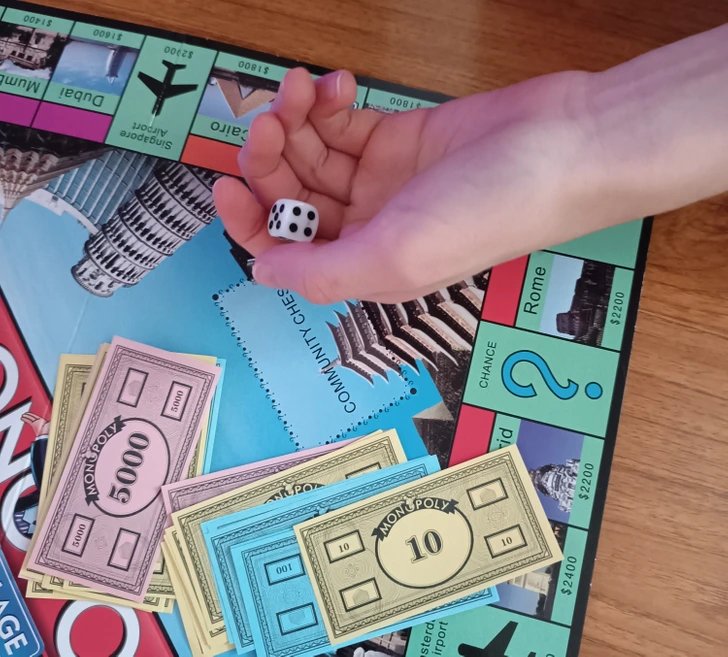Teaching teenagers how to handle money is no easy task. As they start asking for more independence, money often becomes a source of tension between parents and teens. Teens want to make their own spending choices, yet they often lack the experience to manage finances responsibly. That’s where you come in.
1. Set Up a Clear Pocket Money System

Teenagers face endless spending temptations—from trendy clothing and gadgets to concerts and fast food. Yet, they have limited ways to earn money. This creates a gap in expectations versus reality, making it harder for them to make wise decisions.
One way to teach responsibility is to introduce a structured allowance or pocket money system. Some parents tie allowances to chores, treating them as “jobs” to be compensated. Others believe chores should be part of family contributions, not paid labor.
Video:
Money Tips for Teens
One parent found a creative middle ground. When their son refused to do chores unless he was paid, the parents calculated the “value” of cooking, laundry, and other services—then asked the teen to pay them in return. Within a week, the child proposed redesigning the system. Lesson learned!
You can also give a fixed weekly or monthly allowance with specific rules—for example, requiring the teen to use the money for clothes, school supplies, or entertainment. Let them experience both the freedom and responsibility that come with managing a set budget.
2. Let Them Shop for Their Own Clothes

One common source of family conflict is shopping—particularly for clothes. Parents and teens often have very different tastes and priorities.
A great way to teach money management is to hand over a clothing budget. Start with basics like T-shirts, jeans, or sneakers. Let your teen make their own purchasing decisions. This gives them real-world experience in comparison shopping, budgeting, and understanding value versus cost.
Will they make mistakes? Probably. But that’s okay. Use those moments as learning opportunities instead of punishing them. Sit down together, talk through what went wrong, and help them create a better plan next time.
3. Teach the Basics of Budgeting

Once your teen receives their own money, whether it’s from allowances, a part-time job, or gifts, it’s time to introduce basic budgeting skills.
One easy method is the 50/30/20 rule:
- 50% for needs (transport, food, school-related expenses)
- 30% for wants (video games, snacks, outings)
- 20% for savings (future purchases or emergencies)
Discuss with your teen what falls under “needs” and what counts as “wants.” For example, a $100 hoodie might feel essential to them, but it could belong in the “wants” category from a budgeting standpoint.
Take them grocery shopping or involve them in planning the family’s monthly budget. Real-life exposure helps reinforce the concept of financial priorities.
4. Create a Savings Goal They Actually Care About

Saving for the sake of saving rarely excites teenagers. Instead, help them set short-term, achievable goals like new sneakers, a concert ticket, or even a gaming console.
Avoid suggesting long-term goals like saving for college or a car if those ideas feel too abstract. Start with something they really want and work backward to determine how much they need to save each week or month.
If your teen has a bank account, set up a separate savings account with limited withdrawal access. This adds an extra layer of commitment and removes the temptation to spend impulsively.
5. Delay Instant Gratification

Impulse buying is a tough habit to break—at any age. Teens often want what their friends have and want it now. But teaching them to wait before making big purchases is a valuable life skill.
When your teen asks for something expensive, resist the urge to say yes right away. Ask them to wait a week or even a month. Often, the excitement fades, and they’ll realize they didn’t need it after all.
Encourage them to use their own money for big purchases. This builds appreciation and reinforces the value of money. If they decide to go ahead and spend it, let them—don’t step in at the last minute to cover the cost. Experiencing the true impact of spending is part of the lesson.
6. Let Them Make Decisions—and Mistakes

The best way to learn money management is to use money regularly. If your teen has a birthday coming up, give them a fixed budget and let them plan their own celebration. They’ll need to decide what’s more important—decorations, food, or gifts—and learn to prioritize.
You can also show them monthly utility bills and challenge them to find ways to lower water or electricity usage. Better yet, let them compare prices at the grocery store or online. If they save money, let them keep the difference as a reward.
Video:
Financial Literacy for Kids | Learn the basics of finance and budgeting
These exercises not only build financial literacy—they also give teens confidence in making independent choices.
7. Use Games to Teach Financial Skills

Not all lessons have to be serious. Games like Monopoly, The Game of Life, or digital apps like Greenlight can teach valuable money concepts like saving, investing, and budgeting in a low-risk environment.
Gamifying financial decisions can be especially helpful for younger teens. Even if it’s not as realistic as handling a real budget, it introduces key principles in a fun, memorable way.
8. Teach Them About Loans and Responsibility

While it may sound strange, lending your teen money can be an effective teaching tool. If they run into an unexpected expense—like fixing a broken phone or replacing headphones—resist the urge to immediately cover the cost.
Instead, offer a small loan and help them create a realistic repayment plan. This teaches accountability and the importance of meeting financial obligations.
It’s also the perfect opportunity to discuss borrowing and lending among friends. Talk about when it’s appropriate, the risks involved, and how to handle repayment. Every family has its own values around money—make sure your child understands yours.
Final Thoughts: Building Financial Confidence Early
Helping your teen learn how to manage money doesn’t have to be a battle. It’s about gradually giving them the tools, freedom, and support to make smart decisions. Let them experience success, make mistakes, and grow from both.
Money lessons learned in the teenage years can shape a lifetime of healthy financial behavior. And the earlier they start, the more confident they’ll be when managing money on their own.
Start small, stay consistent, and most importantly—be their guide, not their wallet.


